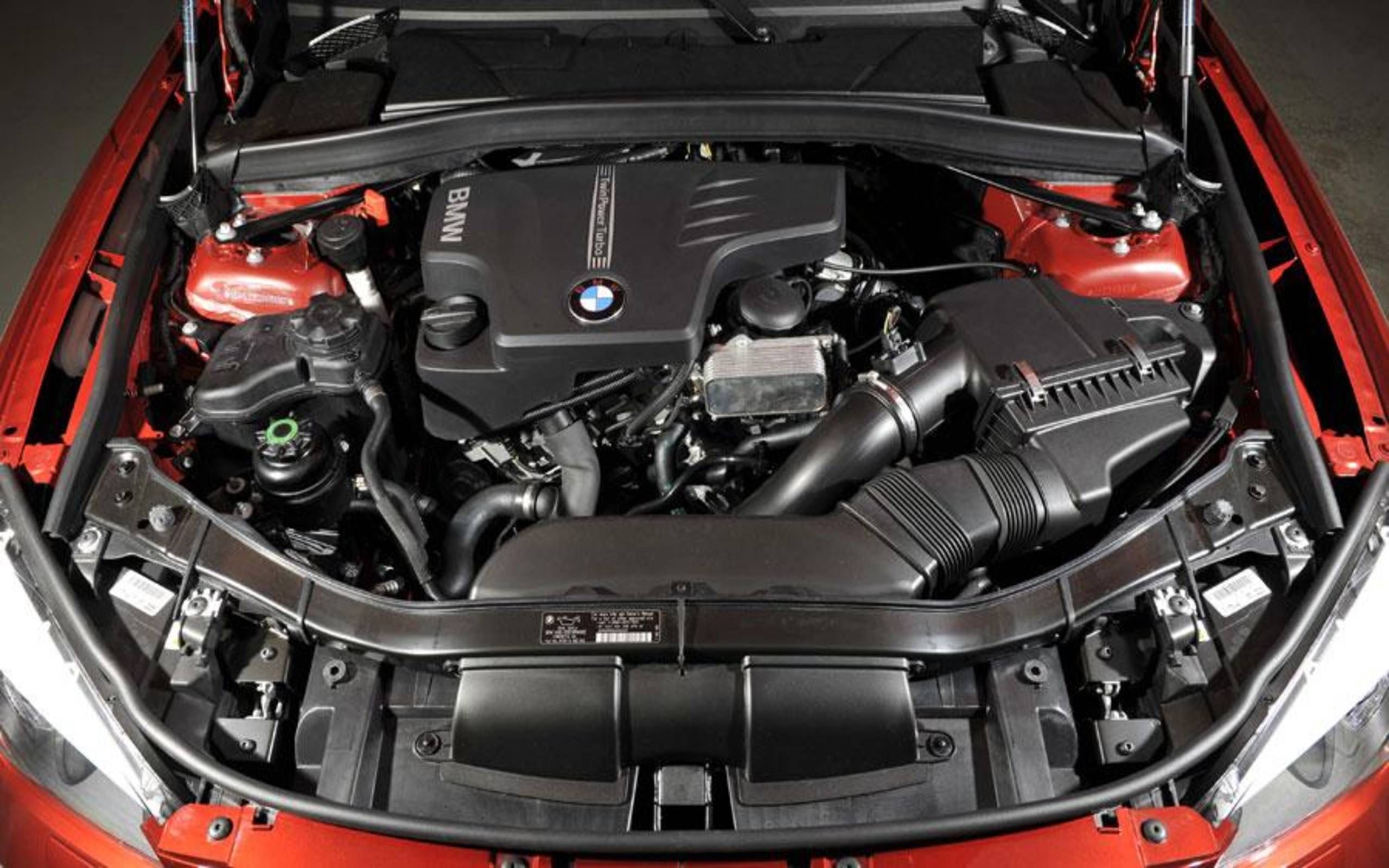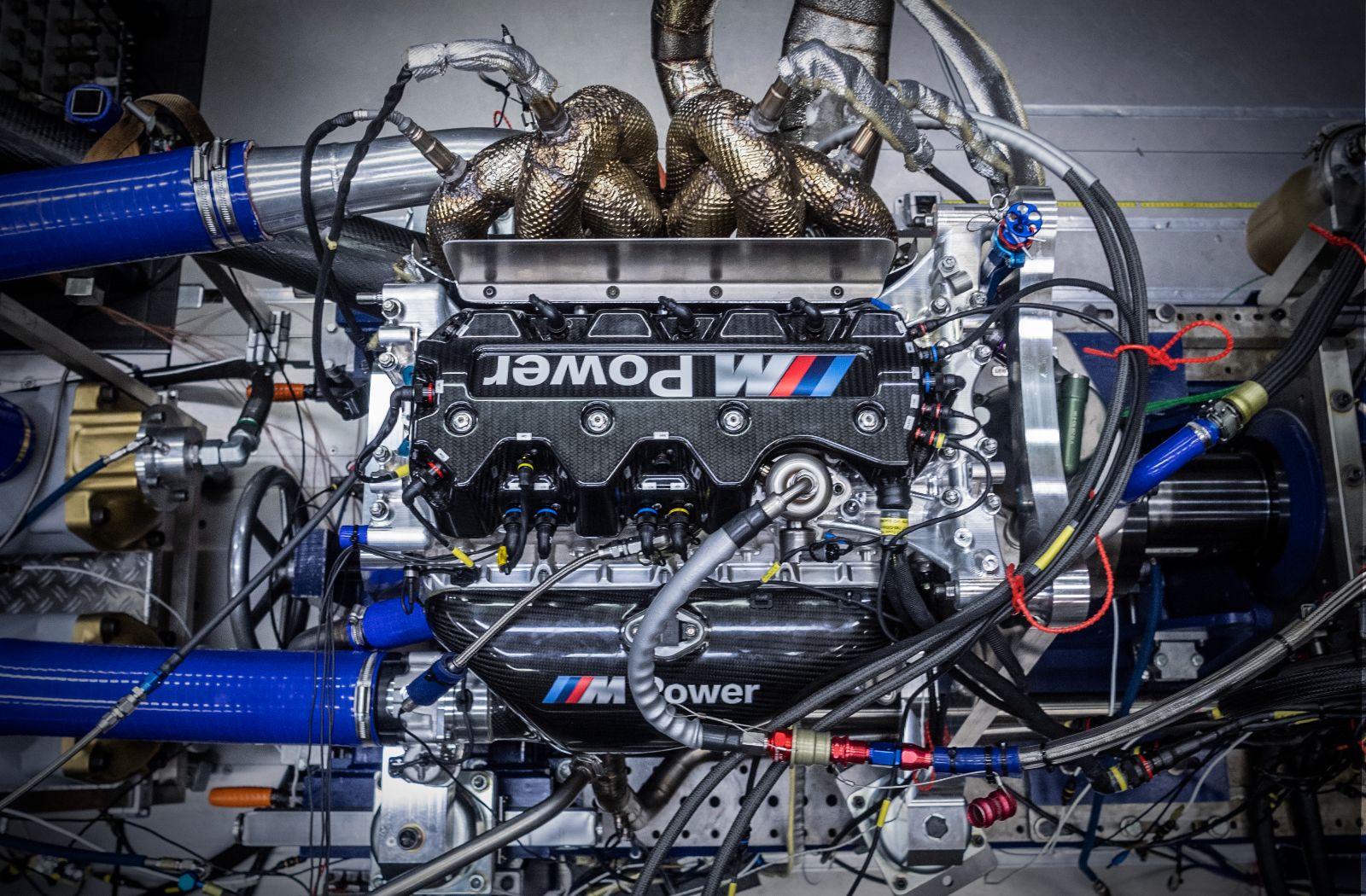Common Concerns Dealt With by BMW Engine Owners and How to Solve Them
Common Concerns Dealt With by BMW Engine Owners and How to Solve Them
Blog Article
Discovering the Advancement of Burning Engines in Modern Transport Solutions
As we navigate the landscape of modern transportation, the evolution of combustion engines stands as a testament to human ingenuity and design expertise. From their modest starts to the innovative powerhouses moving cars today, combustion engines have actually undertaken a remarkable trip of technology and adjustment. Recognizing the ins and outs of this advancement not just drops light on the past but also leads the way for imagining what lies ahead in the world of transport technology. The interplay of history, technology, and environmental worries fit the trajectory of burning engines produces a story that is both insightful and compelling.
Early Beginnings of Combustion Engines
How did the idea of burning engines first emerge in the very early phases of transportation advancement? The origins of combustion engines can be traced back to the 17th century when the concepts of inner burning were first checked out.
The innovation moment included the development of the first successful gasoline-powered engine by Karl Benz in 1885 - bmw engine. This engine led the way for the development of the contemporary car, transforming transportation systems worldwide. Succeeding innovations by Nikolaus Otto and Gottlieb Daimler even more fine-tuned burning engine modern technology, leading to the automation of cars and the rapid growth of the transport sector
These early burning engines were defined by their simplicity and effectiveness, laying the foundation for the complex and powerful engines made use of in modern-day transport systems. The advancement of burning engines has contributed in shaping the way we travel and move items, noting a substantial landmark in the history of transportation development.
Change to Internal Combustion Technology
The change to inner burning innovation marked a crucial change in the evolution of transport systems. This change began in the late 19th century, with inventors like Nikolaus Otto and Gottlieb Daimler creating the very first successful inner combustion engines. These engines revolutionized transport by using a more powerful and effective alternative to vapor engines and electric motors.
Among the essential advantages of interior combustion engines was their capacity to be scaled down to suit cars, leading to the growth of vehicles and bikes. This shift from cumbersome, stationary engines to portable, mobile ones led the way for the modern transport systems we see today.
The transition to interior burning modern technology likewise stimulated developments in gas technology, causing the development of gas and diesel as key fuel sources for lorries. This change not just made transportation much more accessible to the masses however additionally laid the foundation for the oil and gas market to end up being indispensable to global economic situations.
Impact of Combustion Engines on Transport
The fostering of combustion engines in transportation systems militarized an extensive change in the efficiency and speed of international mobility. Combustion engines reinvented transportation by offering a versatile and trustworthy resource of power for numerous vehicles, including automobiles, internet ships, trucks, and planes. This innovation substantially enhanced the capability for items and people to conform fars away in much shorter amount of time, resulting in increased connection in between areas and countries.
In addition, the widespread use combustion engines has actually had a considerable effect on economic development. The capacity to move items effectively has actually stimulated profession and commerce, permitting companies to increase their markets and reach consumers worldwide. This has actually helped with financial development and globalization, as products can now be moved faster and in bigger quantities than in the past.
However, the ecological effect of burning engines can not be overlooked. The combustion of fossil fuels has actually resulted in air pollution and greenhouse gas discharges, adding to climate modification and posturing health and wellness threats to populations. bmw engine. Because of this, there is a growing focus on establishing alternate propulsion technologies to mitigate these negative effects and create an extra sustainable future for transportation
Advancements in Combustion Engine Design
One significant innovation is the growth of turbocharged engines, which use exhaust gases to drive a wind turbine that compresses incoming air, permitting for even more fuel to be scorched, resulting in increased power outcome without a considerable rise in engine dimension. Variable shutoff timing systems have also revolutionized engine design by maximizing air movement at various engine speeds, enhancing both power and performance. These technologies jointly add to the constant improvement of burning engines in modern-day transportation systems.
Future Trends in Burning Engine Advancement
With innovation innovations driving constant technology, the future of combustion engine growth is poised to transform why not try here transport systems globally. One of the crucial fads in combustion engine advancement is the press towards higher performance and decreased emissions.
Another prominent trend is the adoption of hybrid modern technologies in burning engines. Crossbreed engines integrate traditional combustion innovation with electrical power, supplying improved gas efficiency and lower emissions. As the automotive industry changes in the direction of electrification, hybrid burning engines are seen as a transitional remedy that bridges the space in between conventional vehicles and completely electrical ones.
In addition, the assimilation of clever innovations, such as expert system and her latest blog information analytics, is anticipated to play a significant role in the future of combustion engine growth. These innovations can optimize engine performance in real-time, bring about more reliable burning processes and enhanced overall vehicle efficiency. Embracing these future patterns will certainly not just drive development in burning engine advancement however likewise add to an extra sustainable and eco-friendly transport community.

Verdict
In final thought, the development of combustion engines in contemporary transport systems has actually been noted by significant innovations in innovation and style. From the early starts of combustion engines to the transition to internal burning innovation, these engines have actually had an extensive effect on transportation.
The roots of combustion engines can be mapped back to the 17th century when the principles of internal burning were first explored. These engines reinvented transportation by offering a more effective and effective alternative to vapor engines and electric motors.

Report this page